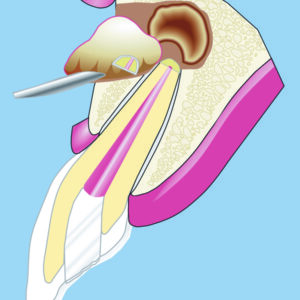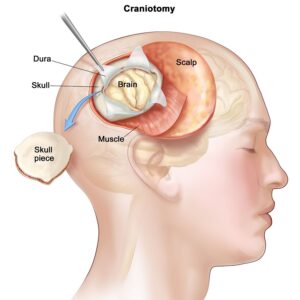Description
Familiarity with Treatment
Direct laryngoscopy is a valuable tool used in various hospital settings and is the primary technique for safe intubation and laryngeal surgery. It allows visualization of the larynx and is utilized during general anesthesia, surgical procedures around the larynx, and resuscitation.
Procedure
The procedure for direct laryngoscopy involves the insertion of a laryngoscope into the mouth and down the throat to obtain a clear view of the larynx. This is often performed in a hospital or medical center under general anesthesia, ensuring the patient is asleep and pain-free.
Who is it Suitable For?
Direct laryngoscopy is suitable for individuals requiring visualization of the larynx during general anesthesia, surgical procedures around the larynx, and resuscitation. It is also used for removing foreign objects or obtaining tissue samples for biopsy.
Who is it Not Suitable For?
Direct laryngoscopy may not be suitable for individuals who are not able to undergo general anesthesia or those with specific medical conditions that contraindicate the procedure. A comprehensive evaluation by a healthcare provider is necessary to determine suitability for direct laryngoscopy.
Advantages
- Visualization of the Larynx: Direct laryngoscopy allows for clear visualization of the larynx, enabling the performance of various procedures and interventions with precision.
- Safe Intubation: It is the mainstay technique for safe intubation, ensuring adequate oxygenation and ventilation during resuscitation and surgical procedures.
Complications
- Anesthesia-related Reactions: Some individuals may experience common reactions to anesthesia, such as nausea, sleepiness, dry mouth, or a sore throat.
- Rare Soreness or Bleeding: Rarely, individuals may experience soreness or bleeding in the nose after a flexible direct laryngoscopy.
Preoperative Care
Preoperative care for direct laryngoscopy involves preparation for general anesthesia, which may include imaging tests, dietary restrictions, and adjustments to medication regimens as advised by the healthcare provider.
Postoperative Care
Postoperative care for direct laryngoscopy includes monitoring for any anesthesia-related reactions, following specific post-operative instructions, and attending all follow-up appointments as recommended by the healthcare provider.
Direct laryngoscopy is a valuable procedure for visualizing the larynx and performing various interventions under general anesthesia.






Reviews
There are no reviews yet.